If you have a toddler that it’s ready to leave the pampers behind for good, then ABA Treatment Protocol for Toilet Training is the method to follow.
Dealing with Accidents
Immediately upon noticing that the child has had an accident, disapprove of the wetting using a neutral tone (e.g., “Mommy doesn’t like wet pants.”). Do not punish, scold or ostracize.
Immediately have the child practice going to the toilet.
Clean the child using the most neutral and brief interactions possible. Do not take this time to lecture the child, give long warm baths, etc. If cleaning is necessary, a shower massage with a neutral water temperature is recommended.
Have the child assist in cleaning up whatever mess was made (e.g., putting wet or soiled clothes in laundry room, cleaning up floor, etc.). Keep your interactions neutral throughout this process.
Be Consistent and Keep It Up
Most children require from a few days to several weeks to be completely toilet trained. Therefore, as with all ABA therapy strategies it is essential that you be consistent in your training and that you keep at it. Your hard work will pay off.
Here are some other helpful hints
Include all aspects of the above plan. Experience and ABA research show that all of the above components are essential to the success of the treatment. Modifying the plan without assistance from a competent behavior analyst may limit its effectiveness.
Train all persons who will be working with the child to ensure consistent implementation
Be sure that the rewards are provided during elimination in the toilet or immediately (within a few seconds) after eliminating in the toilet. The more immediate the reward, the more effective it will be in increasing the desirable behavior of voiding in the toilet.
The child’s most favorite rewards should be given only for voiding in the toilet. The child must learn that (s)he can only get his or her favorite reward(s) for voiding in the toilet. If the favorite rewards can be obtained other than by voiding in the toilet, the effectiveness of the treatment will be greatly reduced.
Continue to collect information. This will allow you to see progress, remind you to praise the child frequently for even small successes, and will provide valuable information if special modifications to the plan are needed.
Remember that children typically gain control of their bladders before their bowels and achieve daytime continence before nighttime continence. Therefore, don’t worry if your child is making progress with bladder control but little progress is being made with bowel control. This will come in time. You will need a different set of procedures to teach the child to remain dry throughout the night.
Don’t give up. The plan requires hard work on the child’s part and on your part. The more consistently the plan is followed, the greater the chances of success.
If you follow the ABA Treatment Protocol for Toilet Training consistently and still have problems, seek professional help from a certified ABA therapy practitioner.


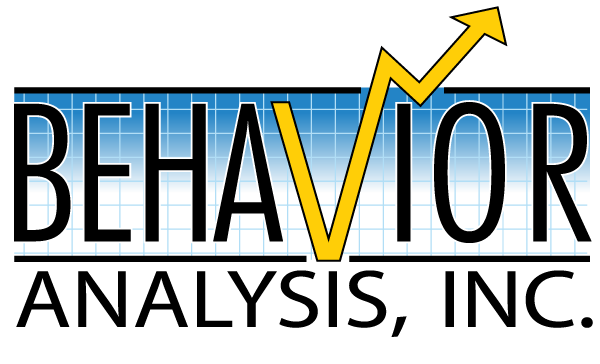
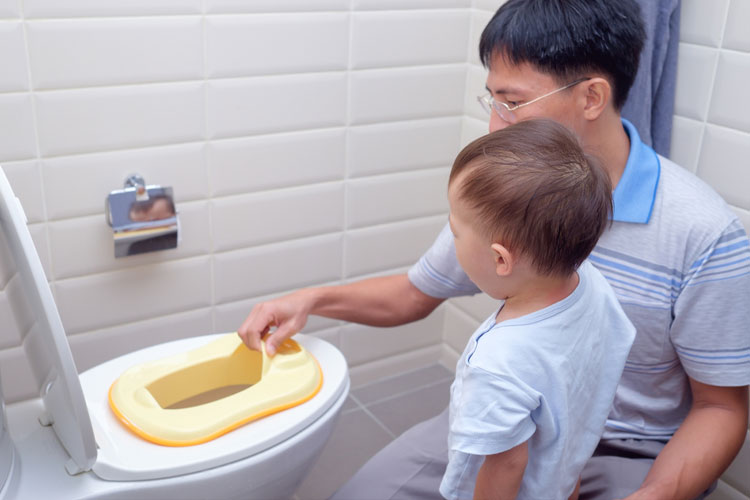
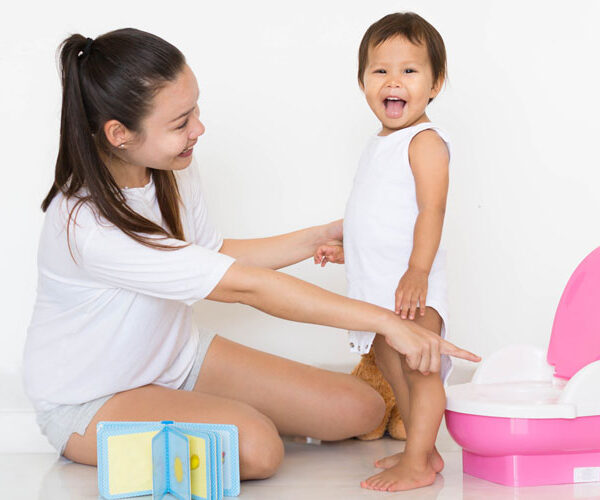
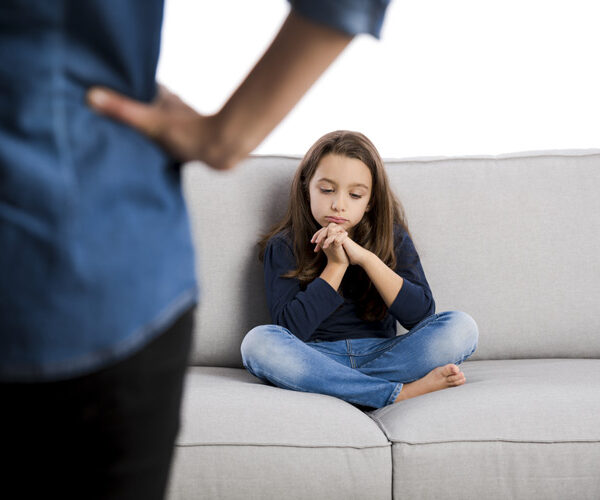
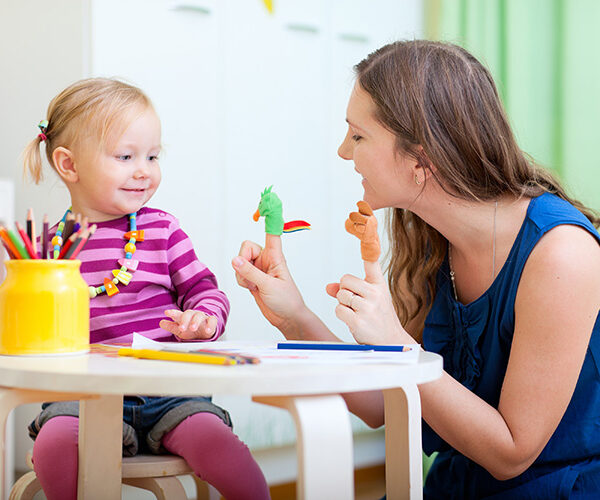
Recent Comments